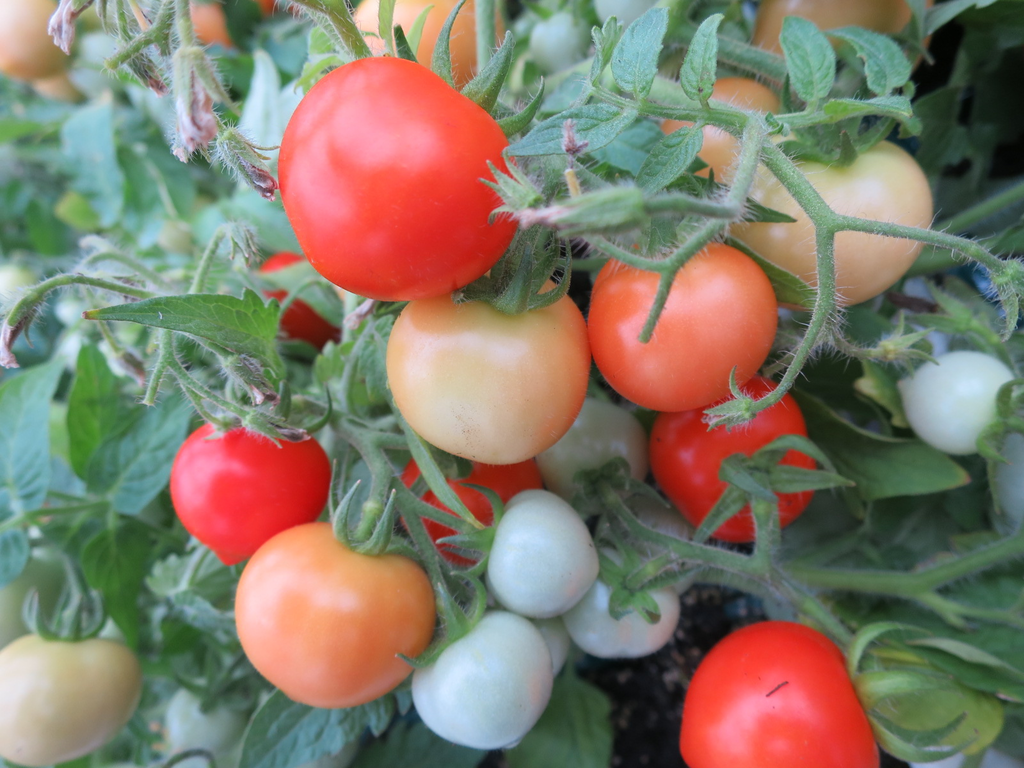・One of the largest mutant collections.
・Open availability of our mutant seeds.
・Open information on our mutants’ structures, fruit metabolites, and DNA sequencing.
Abstract
The tomato is an excellent model for studies of plants bearing fleshy fruits and for experimental studies of the Solanaceae family of plants due to its conserved genetic organization. In this study, a comprehensive mutant tomato population was generated in the background of Micro-Tom, a dwarf, rapid-growth variety. In this and previous studies, a family including 8,598 and 6,422 M2 mutagenized lines was produced by ethylmethane sulfonate (EMS) mutagenesis and γ-ray irradiation, and this study developed and investigated these M2 plants for alteration of visible phenotypes. A total of 9,183 independent M2 families comprising 91,830 M2 plants were inspected for phenotypic alteration, and 1,048 individual mutants were isolated. Subsequently, the observed mutant phenotypes were classified into 15 major categories and 48 subcategories. Overall, 1,819 phenotypic categories were found in 1,048 mutants. Of these mutants, 549 were pleiotropic, whereas 499 were non-pleiotropic. Multiple different mutant alleles per locus were found in the mutant libraries, suggesting that the mutagenized populations were nearly saturated. Additionally, genetic analysis of backcrosses indicated the successful inheritance of the mutations in BC1F2 populations, confirming the reproducibility in the morphological phenotyping of the M2 plants. To integrate and manage the visible phenotypes of mutants and other associated data, we developed the in silico database TOMATOMA, a relational system interfacing module between mutant line names and phenotypic categories. TOMATOMA is a freely accessible database, and these mutant recourses are available through the TOMATOMA (http://tomatoma.nbrp.jp/index.jsp).
Benefit
Our world’s largest mutant collection was developed from a single genetic background, cv. Micro-Tom. Micro-Tom has features of easy handling for basic research compared to the other cultivars and crossbreedable with other tomato cultivars of your interest. The accessibility to the mutants was high, open from the TOMATOMA database.
Market Application
The TOMATOMA database has potential for basic science, breeding, gene discovery, and biomaterial production.
Publications
http://tomatoma.nbrp.jp/index.jsp
Other
https://tomatoma.nbrp.jp/about/referenceFeatured.jsp

